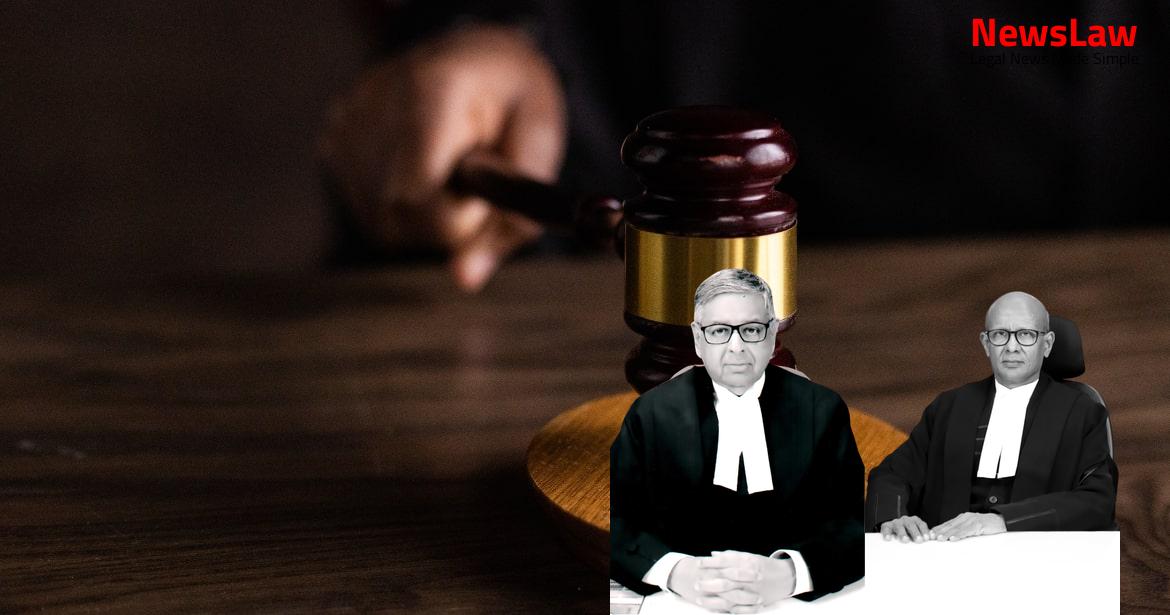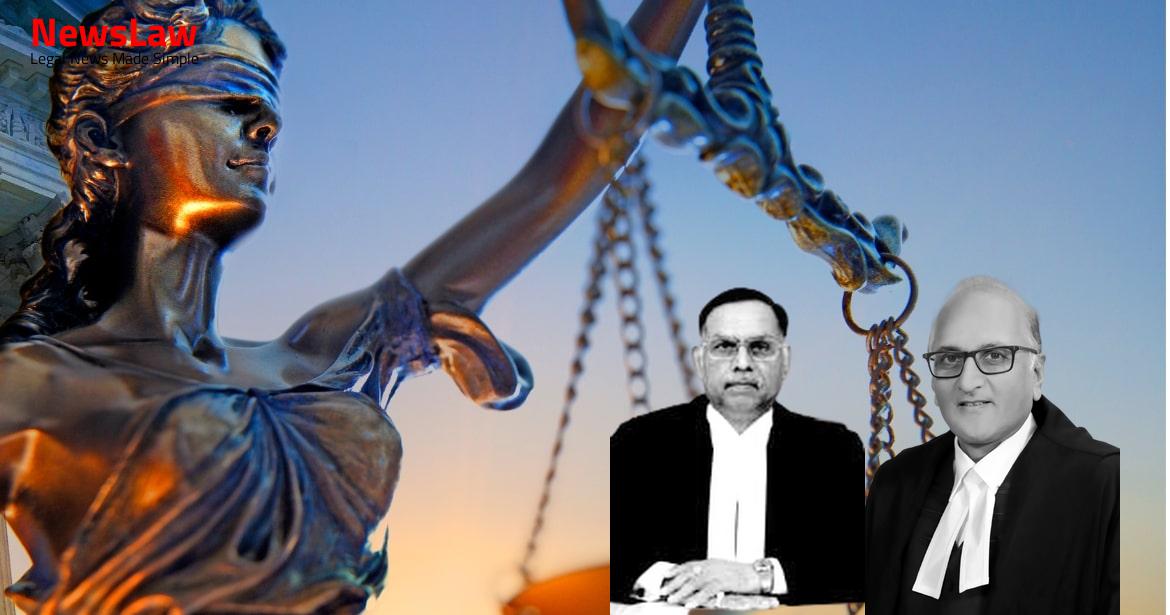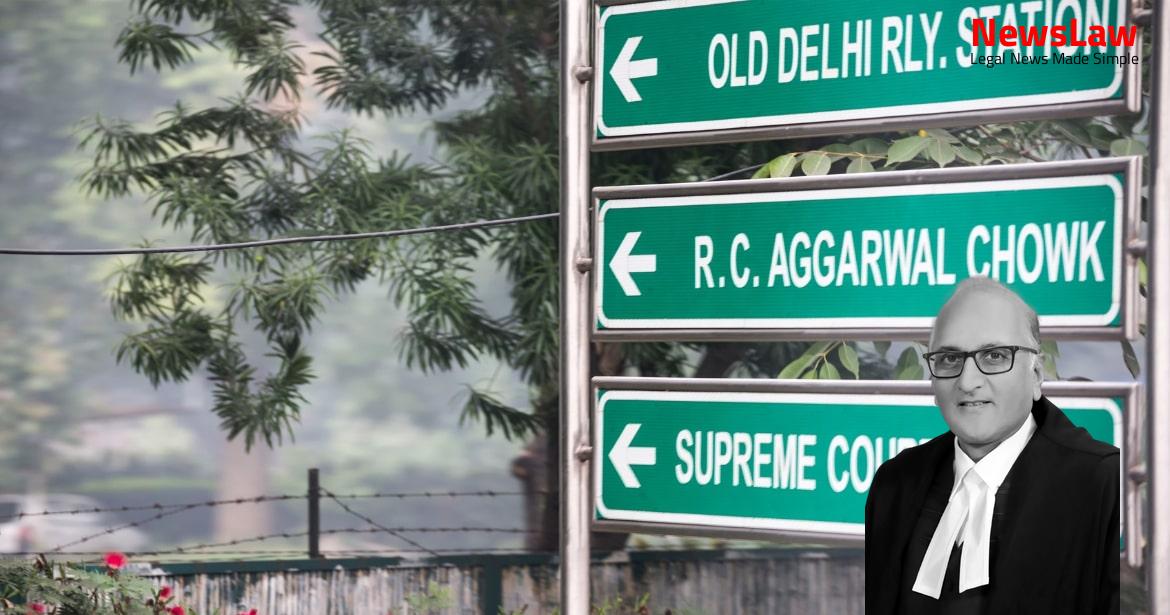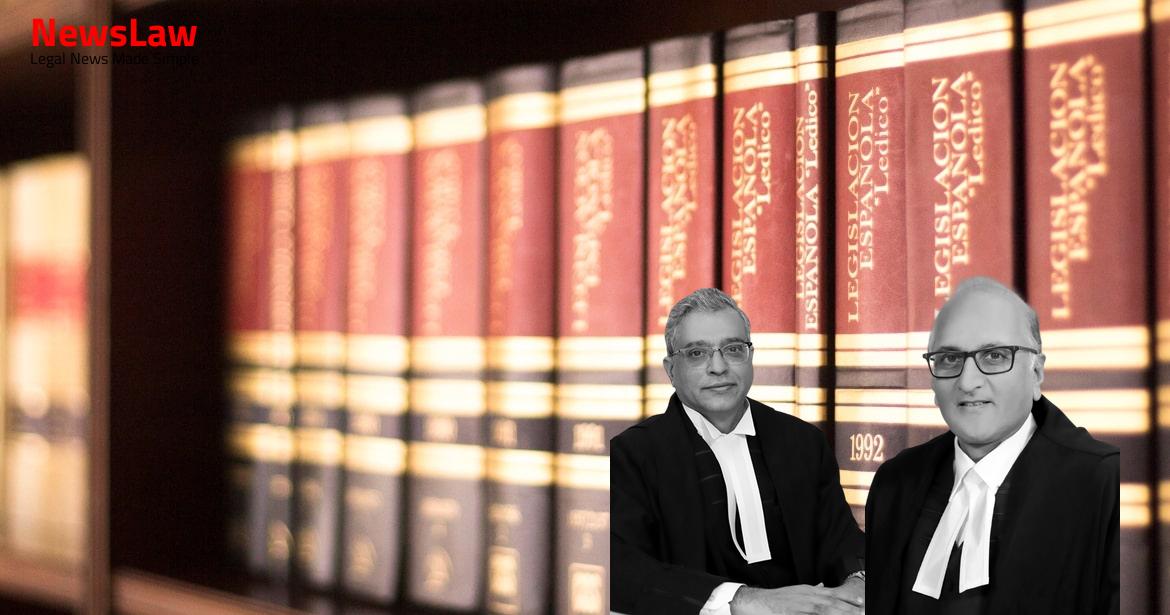In the case of VVF India Ltd. vs. the Employee Union, a significant legal battle unfolded regarding wage revisions, leave facilities, and benefits for the employees. The Employer and the Union clashed over various demands, including adjustments to basic wages, leave allowances, and fixed dearness allowances. The High Court’s judgment, delivered on 25.07.2019, addressed multiple concerns raised by both parties, shedding light on the complexities of industrial wage disputes.
Facts
- The union is seeking various revisions in leave facilities and salary structures for the employees.
- The proposed revisions include increases in Casual Leave, Privilege Leave, Sick Leave, and Leave Travel Allowance.
- Adjustments are proposed to bring the basic wages of employees in line with the revised scales.
- Employees with service ranging from 5 to 25 years are eligible for additional increments in their wage scales.
- Fixed dearness allowance for different categories of employees is proposed to be increased by Rs.1000 per month for certain categories.
- Variable dearness allowance is not to be increased till 2011, with any potential increase to be considered from that point onwards.
- The High Court dismissed the employer’s writ petition and held that there was no serious anomaly in the union’s demands.
- The union argued for parity with similar units in the vicinity and for overtime allowances, but the specific demands were not upheld by the Tribunal.
- The High Court considered the proposed revisions in the context of bringing Mumbai workmen on par with counterparts in Taloja unit.
- An earlier judgment directed wage revisions for workmen of VVF India Limited in Sewree and Sion, with specific demands being upheld or set aside.
- Medical Allowance demand partly allowed, with the company allowed to adjust interim amount paid to employees from arrears.
- Mediclaim Policy demand for family members partly allowed.
- Demands primarily related to pay scale, allowances, leave facilities, and gratuity.
- Demands for revision in pay scale, education allowance, shift allowances, leave travel allowance partly allowed.
- Certain demands like revision in pay scale, fixed dear allowance, variable dear allowance, and adjustment rejected.
- Benefits to be extended to workmen from November 13, 2009, with arrears to be paid within 60 days from award publication.
- Various demands including medical allowance, education allowance, housing loan facility, personal loan facility granted.
- Tribunal’s award partly answered in affirmative, with a directive for General Insurance Mediclaim Policy of Rs.3 lakhs for family members falling out of the ESI Act.
- Writ petitions filed by employer and union challenging award disposed of by a common judgment in the High Court of Bombay.
Arguments
- The employer has challenged the jurisdiction of the Writ Court in engaging in fact-finding activities while evaluating the legality of an award.
- Argument made that the High Court should not undertake revising pay scale and wages itself, but remand the matter to the Tribunal if flaws in reasoning are found.
- Units compared by the High Court were argued to not be similarly situated based on industrial output and financial positions.
- Citing judgments to support the argument that High Court can exercise factual evaluation including judgments in cases like M/S Unichem Laboratories Ltd., Workmen -vs- New Egerton Woollen Mills, Shail -vs- Manoj Kumar and Others, IEL Supervisors’ Association -vs- Duncans Industries Ltd. and Others.
- Further submission made that the High Court cannot sit in appeal over the Tribunal’s award and should primarily apply the certiorari scope in judicial review.
- Referring to the case of Gujarat Steel Tubes Ltd. -vs- Gujarat Steel Tubes Mazdoor Sabha and Others, it was asserted that the High Court’s jurisdiction could be coordinated with that of the Tribunal in appropriate cases.
Also Read: Legal Analysis of M/S Rajco Steel Enterprises v. Kavita Saraff: The Dynamics of Dishonoured Cheques
Analysis
- Paternity Leave to be introduced for 7 days per year
- This leave is to be available to all male employees
- The leave can be availed for the birth of a child or adoption
- Employers are required to provide this leave as a statutory entitlement
- The leave should be taken within a specific time frame from the birth or adoption
- The High Court reappreciated evidence in identifying comparable concerns for applying the industry-cum-region test.
- The employer’s argument highlighted the negative financial status of the company, despite minimal losses, and pointed out loss-making years.
- Authorities such as Giridhari and Surya Dev Rai were cited to support the employer’s position.
- The scope of the High Court’s jurisdiction in reviewing evidence and making findings was discussed.
- The employer argued that the High Court erred in selecting matching units and requesting new charts during the writ petition hearing.
- The judgments of A.K. Bindal vs. Union of India & Ors. [(2003) 5 SCC 163] and Mukand Ltd. vs. Mukand Staff & Officers Association [(2004) 10 SCC 460] have been relied upon.
- Previous cases like French Motor Car Co. Ltd. vs. Workmen [(1962) 2 LLJ 744], The Silk and Art Silk Mills Association Ltd. vs. Mill Mazdoor Sabha [(1972) 2 SCC 253], and Shivraj Fine Arts Litho Works vs. State Industrial Court, Nagpur & Ors. [(1978) 2 SCC 601] have been referenced.
- In cases such as Unichem Laboratories Ltd., Shail (SMT), IEL Supervisors’ Assn., and Gujarat Steel Tubes Ltd., it was established that the High Court can review Tribunal awards and consider facts in appropriate instances.
- The standard criteria for revising wages and facilities includes applying the industry-cum-region test, which involves comparing prevailing pay and allowances with similar industrial units in the same region.
- The judgment lacks proper analysis of the employer’s evidence
- The treatment of overtime wages in computing allowances for the 16 union members is at the core of the appeal
- The 16 union members focus on the computation of allowances based on overtime wages
Also Read: Chandu v. Sankaran: Legal Battle Over Property Rights
Decision
- No order as to costs.
- Tribunal directed to conclude the reference within six months.
- Cases of the respective parties to be re-examined afresh.
- All three appeals disposed of with the given directions.
- Judgment of the High Court delivered on 25.07.2019 and Tribunal’s award set aside.
- Proceedings originated from a charter of demand made in 2008.
- Pending application(s) to be disposed of.
- Civil Appeal No. 2744 of 2023 against the review order dated 22.06.2021 also disposed of.
Case Title: THE VVF LTD. EMPLOYEES UNION Vs. M/S. VVF INDIA LIMITED (2024 INSC 293)
Case Number: C.A. No.-002744-002745 / 2023



